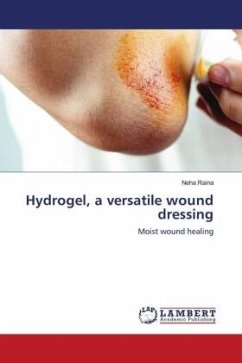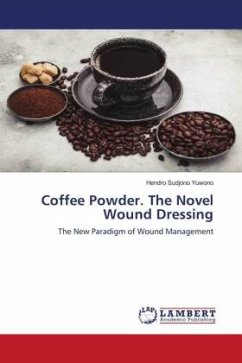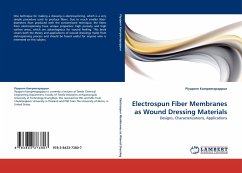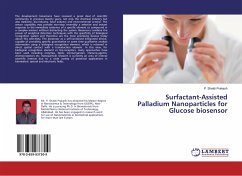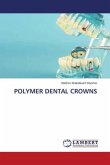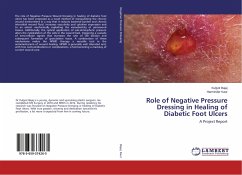The success of hydrogel dressings is thought to be due to their ability to maintain an optimum wound healing environment, which is warm and moist, rather than dry whilst keeping out infective agents. They are capable of superseding conventional dressings such as natural or synthetic cotton, lint, and gauze bandages.Hydrogel dressings are composed of about 90% water suspended in a gel made up of insoluble hydrophilic polymers which swell up on contact with water. They are typically made from polymers of synthetic molecules, such as polymethacrylate and polyvinylpyrrolidine, and some are combined with alginate dressings. They control the exchange of fluid at the wound-bandage interface, with sodium and other molecules in the wound discharge being exchanged for hydrogel compounds.The hydrogel provides moisture which enables painless debridement of necrotic and infected tissue, promotes granulation and encourages complete healing. Since they have a high water content, they are not completely absorbent, which makes them appropriate for wounds with light to moderate exudation. In other situations, the accumulation of water can result in skin maceration and multiplication of microbes, lea
Bitte wählen Sie Ihr Anliegen aus.
Rechnungen
Retourenschein anfordern
Bestellstatus
Storno

